Jeff's Infrared images
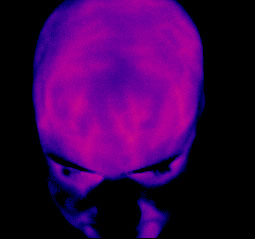 |
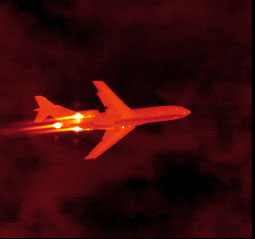 |
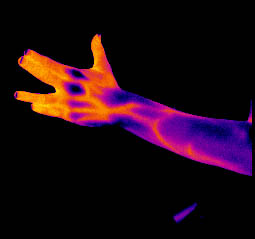 |
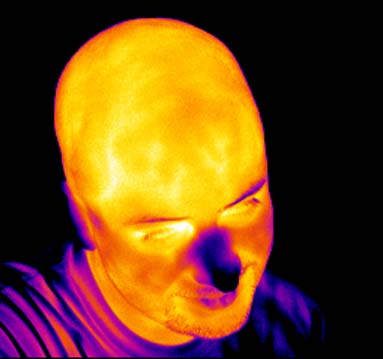 |
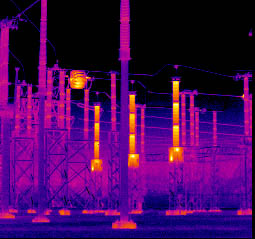 |
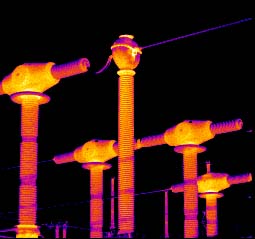 |
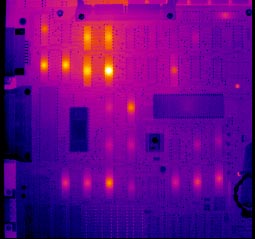 |
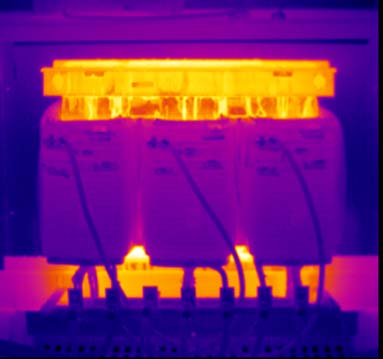 |
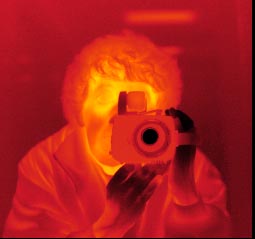 |
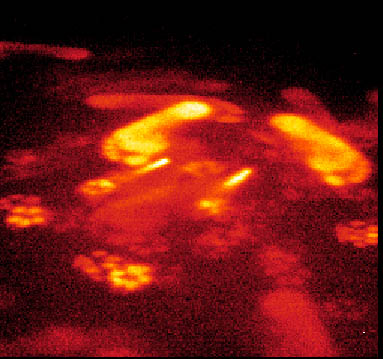 |
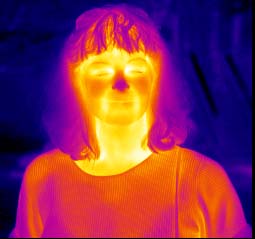 |
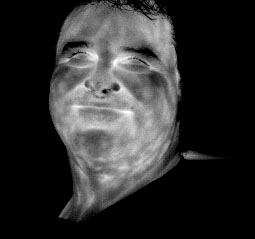 |
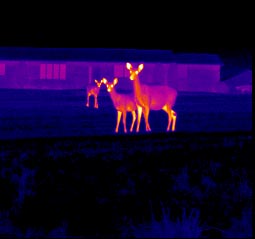 |
Digital Infrared 101 by Jeff BInfrared comes in basically 3 "colors" or "bands". The other in between bands are attenuated by atmospheric H2O and CO2
and look like fog in IR, not much use for imaging ( but great for pollution
monitoring) Glass and most plastics are opaque to all but theshortest wavelengths,,including
lenses and filters, a "real" IR camera has optics made from
solid germanium or silicon metal, exotic crystals ($$$) and use cryo-chilled
platinum ccd chips. The Big Question,,,finally,, Does a color ccd camera "see"
IR ? I'm not sure cause I have not tried it yet. If you can photograph
a hot soldering iron,,elect. stove element (just below red hot in a
dark room) or the TV remote, then you can see IR. But just barely,,,you
might call it "extended red" sensitivity. (quantum mechanics
is in IR-301). Emissivity,color temp,Planks curves ( you'll like them )are in IR-102. JeffB
* For the record I tried photographing several hot items with my e-10 in total darkness, and I am sorry to report that they did not register even at 20+ sec bulb exposure. Bo.
|